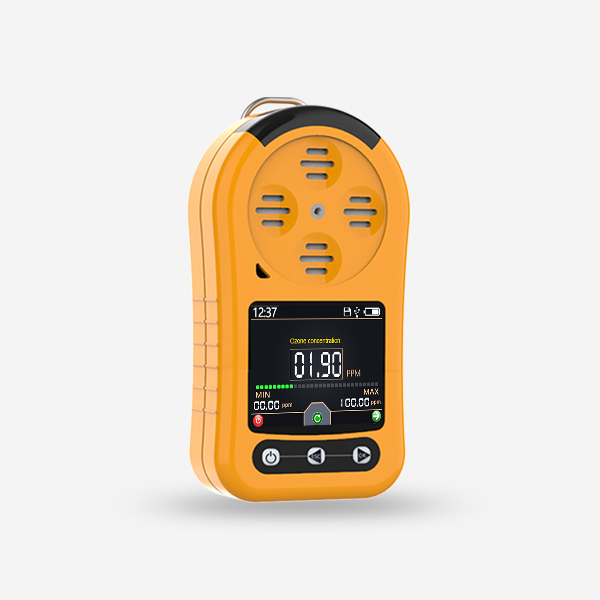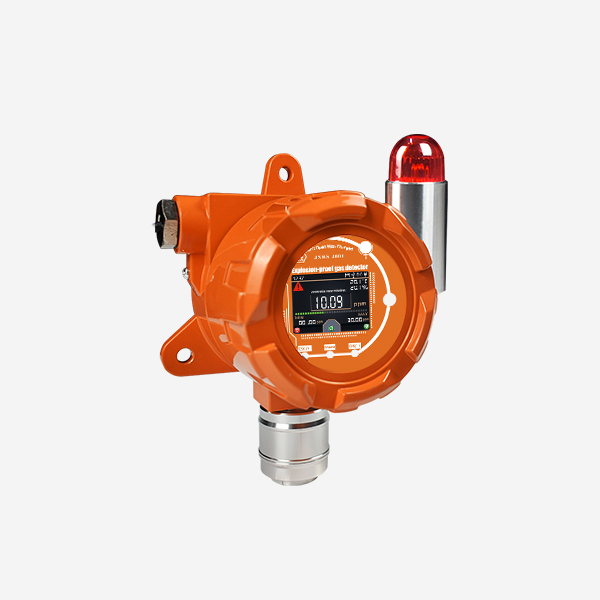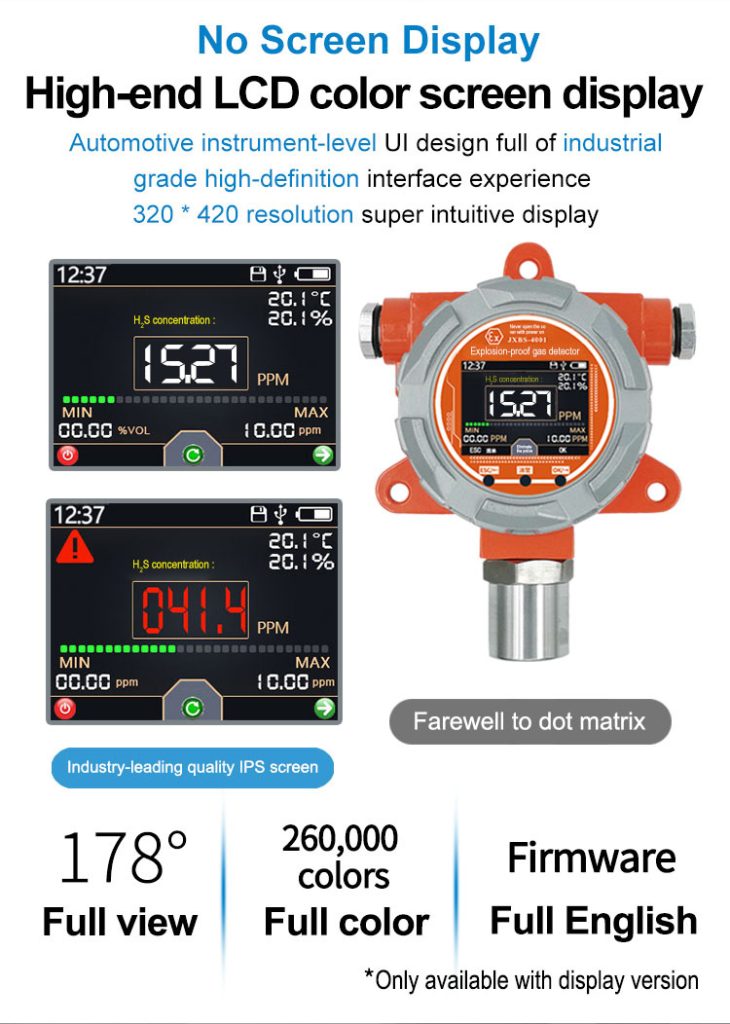Industrial H2S monitor

Our Portable H2S Monitor feature a large LCD. The instrument has audio/visual and vibration indicators, rechargeable battery, and is easy to use. To protect the lives of workers and avoid damage to related equipment.
In various industrial settings, the presence of hydrogen sulfide (H2S) can pose a serious threat to workers’ health and safety. H2S is a colorless, highly toxic gas commonly found in oil and gas extraction, mining operations, wastewater treatment plants, and other environments where organic matter decomposes. To ensure adequate protection, industries employ H2S monitors, which are specifically designed to detect and monitor the levels of H2S in the air. In this article, we will delve into the importance of H2S monitors and their contribution to occupational safety.
Understanding the Hazards of Hydrogen Sulfide:

Hydrogen sulfide is a hazardous gas with a strong rotten egg smell at low concentrations. However, at high concentrations, it is odorless, making it difficult to detect without the help of monitoring devices. High concentrations of H2S pose an immediate risk of asphyxiation, while even moderate levels can cause respiratory irritation, nausea, dizziness, and headaches. Long-term exposure to low levels of H2S can lead to severe health issues, including eye damage, chronic bronchitis, and even neurological disorders.
The Role of H2S Monitors in Occupational Safety:

H2S monitors play a crucial role in maintaining a safe working environment by continuously monitoring the air quality for the presence of this harmful gas. These devices are typically worn or installed in designated areas and provide real-time readings of H2S levels. When the concentration exceeds predetermined thresholds, a series of alarms are triggered, alerting the workers to evacuate or follow specific safety protocols. H2S monitors act as an early warning system, helping prevent potential accidents and ensuring prompt intervention when higher levels of H2S are detected.
Types of H2S Monitors:
There are several types of H2S monitors available, each with its own advantages and applications. Some common types include:
Fixed Monitors: These devices are permanently installed in areas where H2S is likely to be present continuously. They offer continuous monitoring and alarm capabilities, ensuring that workers are always aware of the gas levels around them.
Personal Monitors: Designed for individual use, personal H2S monitors are lightweight and portable. Workers can wear these monitors on their clothing or carry them to assess their immediate environment. They provide a convenient way to track H2S levels .